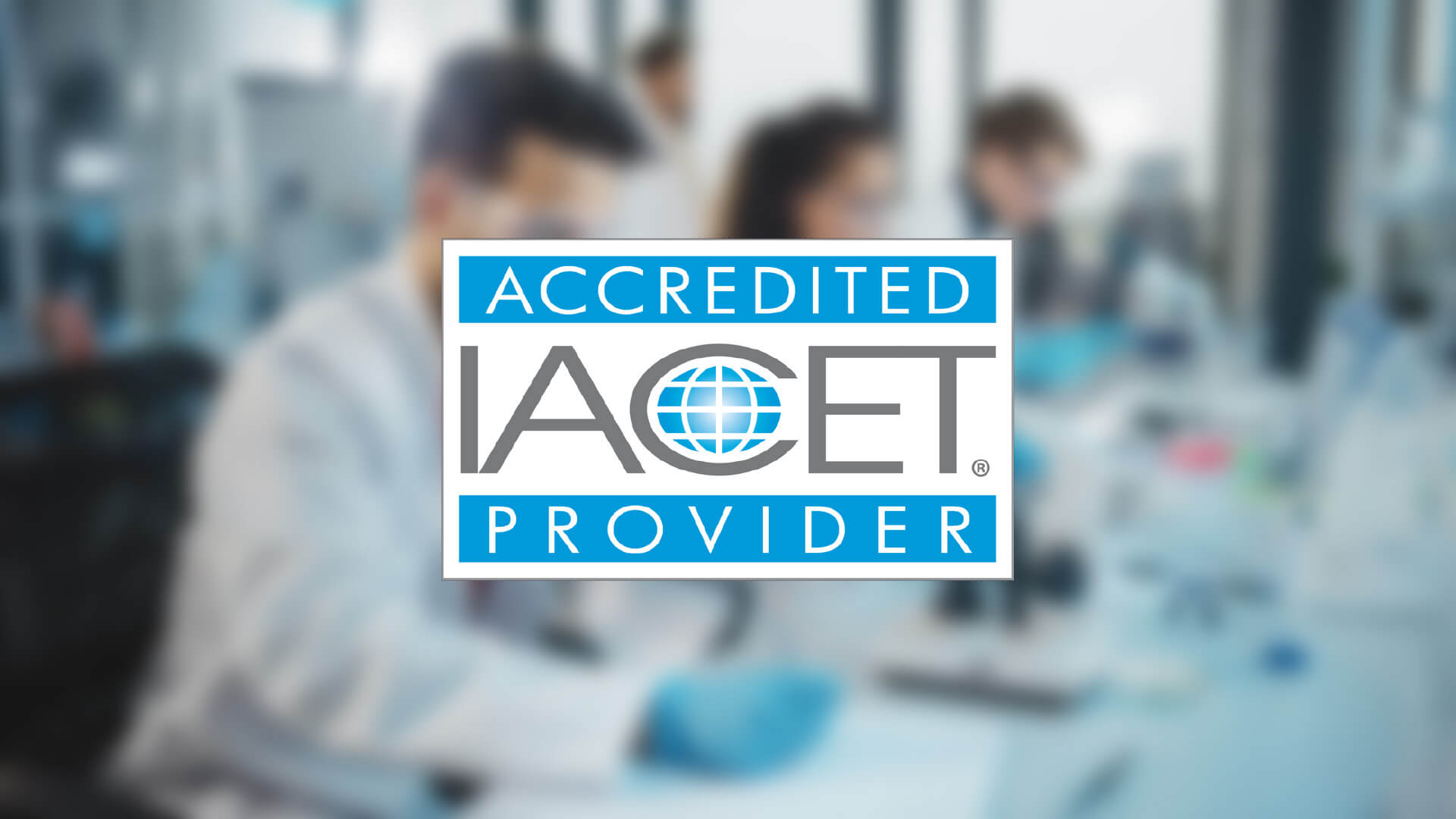
It wasn’t supposed to be this hard.
After months of building out a state-of-the-art advanced manufacturing facility—cleanrooms gleaming, digital systems humming, and supply chains finally aligned—the real obstacle came down to something far more human: finding enough skilled people to run it.
Your team had prepared for everything: regulatory hurdles, equipment delays, even API shortages. But the talent gap? That one caught you off guard.
And you are not alone.
Across the pharmaceutical industry, companies are pouring billions into innovation—cell and gene therapies, mRNA platforms, continuous manufacturing—but when it comes time to operationalize that vision, they’re hitting a wall. A very human one.
A Perfect Storm in the Workforce
It’s a strange paradox: layoffs and labor shortages, happening at the same time.
Biotech firms—especially those with overvalued pipelines or failed Phase II readouts—are shedding staff. Venture funding has cooled. Sites are closing. Scientists, regulatory professionals, and QA experts are being let go.
And yet, CDMOs, generics manufacturers, and advanced modality hubs can’t hire fast enough.
- QC analysts with aseptic experience? Vanishingly rare.
- Regulatory affairs leads who understand global eCTD submissions and expedited pathways? Overbooked.
- Operators trained in automated continuous systems? You’ll have better luck finding a unicorn.
Even with layoffs across big biotech and small startups, the specialized skill sets needed to support advanced manufacturing aren’t lining up with the talent being displaced. And entry-level training pipelines? Almost nonexistent.
Why the Gap Keeps Growing
There’s no single cause, but five clear drivers stand out:
1. Misalignment Between Training and Industry Need
Universities and technical schools haven’t kept pace with the rapid digitization and specialization of pharmaceutical manufacturing. Graduates know theory, but not how to calibrate a closed-system bioreactor or navigate Annex 1 compliance.
2. Boom-Bust Cycles in Biotech
In the past 18 months, over 150 biotech firms have laid off staff. Many of those workers—burned by volatility—leave the industry altogether or shift to consulting, not back into operational roles.
3. Geographic Dislocation
New facilities are opening in areas with tax incentives and real estate advantages—not necessarily talent hubs. That leaves companies trying to recruit nationally for hyper-local jobs, often in regions without biotech ecosystems.
4. Aging Regulatory Workforce
Many senior regulatory affairs and quality professionals are retiring, and there’s a significant experience gap in the next generation—especially around global filings, post-approval changes, and digital submission systems.
5. Culture Clash in Advanced Manufacturing
The new model demands cross-functional thinkers—people who can blend science, data, and systems. But most companies are still hiring into legacy org charts that silo manufacturing, quality, and compliance.
Talent Shortage, Meet Innovation Bottleneck
It’s not just an HR problem—it’s a strategic threat.
When facilities can’t hire the right staff:
- Batches are delayed.
- Validation timelines slip.
- Quality investigations pile up.
- Regulatory submissions stall.
- And worst of all: life-saving therapies don’t reach patients on time.
We’re watching innovation outpace our ability to staff it. AI-driven batch review and digital twins can’t compensate for a missing cleanroom operator, a burned-out QA lead, or a junior regulatory associate with zero real-world submission experience.
What Do We Do About It?
If we want to solve this, we need a collective mindset shift—fast.
Rebuild the Training Infrastructure
The U.S. and EU need GMP-aligned vocational and technical programs that partner directly with industry with support of XR technology . Not abstract certifications—hands-on cleanroom activity, real deviation write-ups, mock inspections.
Bridge Biotech and CDMO Worlds
Layoffs don’t have to mean talent loss. Create conversion fellowships that retrain displaced biotech workers in manufacturing operations, GMP compliance, and regulatory affairs.
Invest in People the Way We Invest in Equipment
Companies routinely spend millions on new filling lines—but hesitate to build out internal training and education team or succession planning. People are infrastructure. Treat them like it.
Think Beyond Borders—but Respect the Floor
Global hiring is part of the answer, but you can’t offshore your way out of a cleanroom shortage. Site-specific, on-the-ground roles need local pipelines.
The Bottom Line
The pharmaceutical industry is racing to reshape itself around advanced modalities and digital capabilities. But all of it rests on people—skilled, trained, motivated people.
And right now, we’re running short.
The good news? This is a solvable crisis. But it demands that companies, governments, educators, and innovators work together—not just to build new therapies, but to build the workforce that will make them real.
Because you can have the best science, the best systems, and the best facility—but without the right people?
You have nothing.
Look into Virtuosi®. Quality Executive Partners can help. We already have. We can do more with your engagement and open mind and shift in the traditional paradigm.
Call us – you will be glad you did.
QxP Vice President Christine Feaster is a 20+ year veteran in pharma quality assurance. Prior to joining QxP, Christine was a vice president of U.S. Pharmacopeia.










